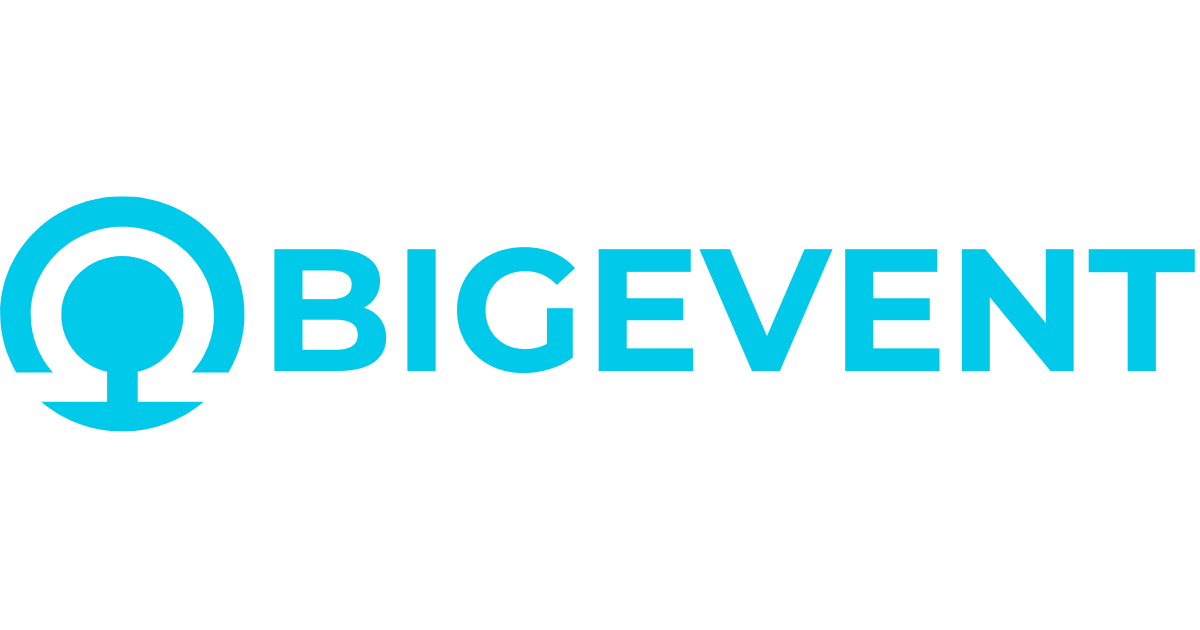The Demands of 21st Century Higher Education: Inspiration and Practices from Design Pedagogy
Aidan Rowe, University of Alberta (Canada)
Abstract
Higher education in the twenty-first century faces unique challenges, changing contexts, and opportunities. To respond to these issues academia has looked to incorporate a variety of new learning and teaching practices. Proposed approaches include attempts to: increase interdisciplinary learning opportunities to address education across disciplines1; create increased collaborative learning situations enabling students to work with a range of people3; and, ensure students have experiential curricular learning experiences to ground and extend their education in meaningful contexts4.
A common factor in these approaches is that these learning practices are commonly used within design education. I argue that design pedagogy, particularly framed through what Davis2 terms Design-Based Learning (DBL) offers experience with unique teaching and learning practices to other, non-design areas in academia, and can serve as an inspirational educational model for the 21st century.
Design-Based Learning commonly employs a range of exciting, interconnected, robust and needed learning and teaching practices that include: Students assuming a critical stance questioning existing practices and then responding; Learning through problem-focused scenarios; Employing a variety of alternative communication methods in the studio; Interdisciplinary and interprofessional learning opportunities where students work with other fields; Collaborative learning situations where students work with—not just for—other actors; Situating design as a future-oriented activity; Curricular and co-curricular experiential learning experiences that position education beyond the classroom; A focus on hands-on creation where students learn through doing; and, Framing design activity through a human-centred approach.
While common to Design-Based Learning these pedagogical practices are often at the cutting edge of other academic disciplines. I begin by articulating a broad overview of the changing needs of twenty-first-century higher education, I then describe design studio learning (the central location for Design-Based Learning). The paper then identifies nine characteristics found in Design-Based Learning. It concludes by recognizing the areas within design education that need further development.
By noting the unique practices utilized in design education we are, first, able to recognize, build upon, and incorporate them into our pedagogical practices. Secondly, it enables opportunities for a critique of DBL, recognizing strengths and weaknesses. I argue that the practices found within Design-Based Learning provide rich potential and direction for higher education pushing toward the future.
|
Keywords |
Design-Based Learning, Design Pedagogy, 21st Century Education, Future Pedagogies |
|
References |
[1] Bear, A., & Skorton, D. (2019). The World Needs Students with Interdisciplinary Education. Issues in Science and Technology, 35(2), 60–62. [2] Davis, M. (1998). Making a Case for Design-Based Learning. Arts Education Policy Review, 100(2), 7–15. [3] Helfand, D. (2014, February 5). We evolve, but the university stands still. The Globe and Mail. [4] University of Toronto. (2017). Rethinking Higher Education Curricula: Increasing Impact Through Experiential, Work-Integrated, And Community-Engaged Learning. University of Toronto. |
 The Future of Education
The Future of Education





























